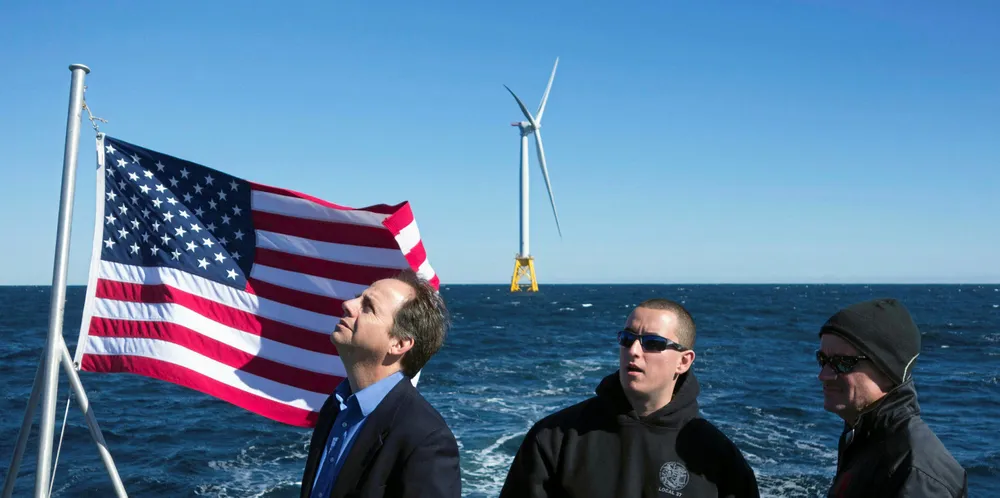Why US offshore wind developers need take a digital-first tack against Nimbyism
More important to win over local communities than politicians – and that battle now starts online, writes Mike Casey

More important to win over local communities than politicians – and that battle now starts online, writes Mike Casey
